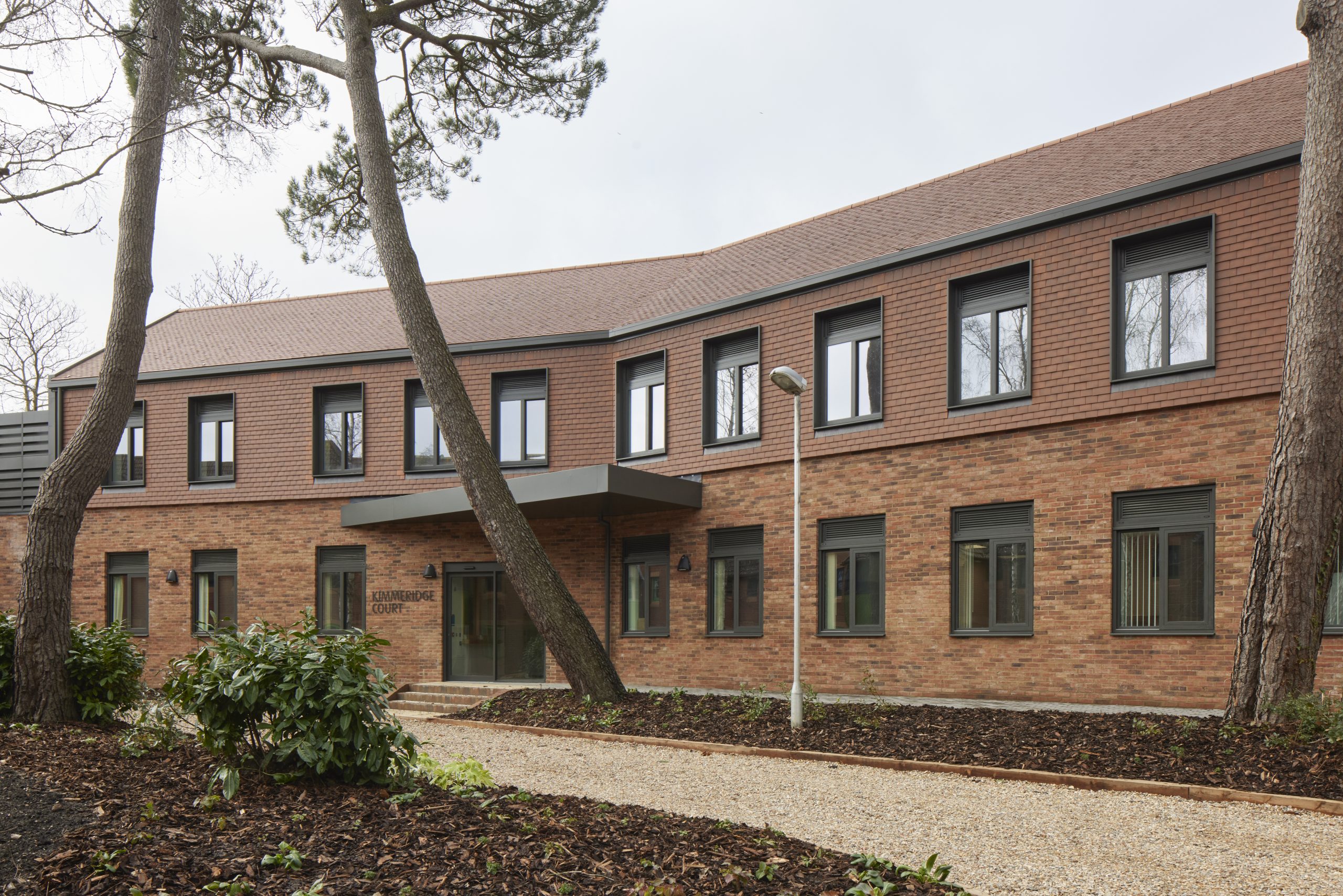David Bailey Furniture has been awarded two significant FF&E (Furniture, Fixtures & Equipment) contracts in…
It’s time for standardisation of healthcare building design
The standardisation of healthcare building design is a hot topic of conversation. At the recent Healthcare Estates 2012 conference organised by the Institute of Healthcare Engineering & Estate Management (IHEEM), it was the subject of a panel discussion with calls to share healthcare building designs that work and stop reinventing the wheel.
Now architects and estates managers are calling for the partial standardisation of healthcare building design for both new design and refurbishments to drive down costs and improve the environment for patients, visitors and staff.
Healthcare building design
Millions of pounds are wasted and build times are significantly increased because NHS Trusts start each new build and refurbishment from scratch. They don’t build on lessons learnt.
We should be looking at the architectural design of a healthcare facility, including its technology equipment and healthcare furniture, and its effect on patient safety. Now is the time to invest in the creation of universal standards for architects and estate managers to follow, using current and emerging evidence to improve the physical environment in which nurses and other caregivers work, and thus improve both nurse and patient outcomes.
Benefits of standardisation in healthcare
In a review of more than 600 articles*, researchers found that there was a link between the physical environment and patient and staff outcomes, e.g. reduced stress and fatigue and increased effectiveness in delivering care. They also found that facility design and well-designed healthcare furniture can have a direct impact on patient and staff satisfaction.
With this being the ultimate aim for a healthcare establishment, it is essential to get the healthcare building design correct from the beginning. Healthcare building standards would create this starting point, thereby reducing design costs and build times, lowering the overall costs of delivering the schemes to private companies. These savings could then be passed onto the trusts. It’s win win. We need a generic standard based on best practice that we know works and then move on from that.
Healthcare design standards fit for purpose
Of course, it would not be a one-size-fits-all approach and the sector is not looking for government interference along similar lines to the much criticised education sector design guidance. We have to make sure the healthcare design standards we have are fit for purpose.
To ensure your healthcare furniture maintains the high design standards of your healthcare building contact us on 01843 604896.
Read the full article at Building Better Healthcare.
References: * Ulrich R, Quan X, Zimring C, et al. The role of the physical environment in the hospital of the 21st century: a once-in-a-lifetime opportunity. Report to The Center for Health Design, for the designing for the 21st century hospital project, 2004. Accessed at www.healthdesign.org/research/reports/physical_environ.php.








